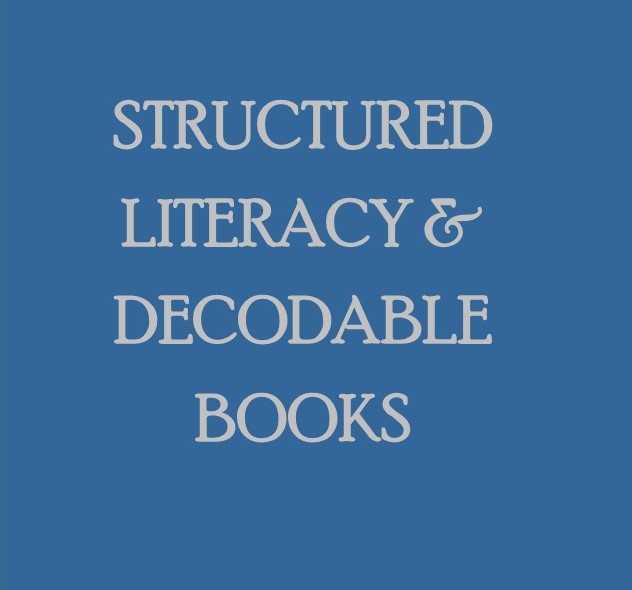
Structured Literacy was originally a term used by the International Dyslexia Association to describe evidence-based approaches to literacy effective for children with dyslexia[1]. However, there is “substantial evidence” that all children can benefit from learning to read through a Structured Literacy approach[2] and New Zealand schools are increasingly embracing this pedagogy.
Structured Literacy is based on what has been termed the ‘science of reading’ which is a vast body of international research exploring how children (and the brain) learn to read and the best practice for teaching reading. Structured Literacy is an
“explicit systematic, and sequential teaching of literacy at multiple levels – phonemes, letter–sound relationships, syllable patterns, morphemes, vocabulary, sentence structure, paragraph structure, and text structure…”[3]
Each stage of a Structured Literacy approach covers a certain range of letters or blends of letters. Depending on what sequence is used an example of the letters covered in Stage 1 may be: m, s, f, a, p, t, c, i. At each stage children are taught, among other significant aspects of reading, the sound/s and corresponding written symbol (letter/s) of the relevant set of letters. The words in the accompanying books (decodables) of each stage focus on words containing these letters. Having said that, however, they do contain ‘heart words’:
“Heart words are words with an irregular spelling pattern or high frequency words with a spelling pattern that hasn’t yet been taught”[4] e.g. ‘my’, ‘said’.
It is argued that because the young reader has been taught in a very structured and sequential way to decode/sound out the letters, on reading the relevant stage books there is less dependency on using the pictures and/or conjecture in trying to figure out what the word might be. In addition, understanding context, meaning, grammar etc. are all critical aspects of teaching reading via Structured Literacy.
Please contact your child’s teacher to find out if Structured Literacy is part of the school’s pedagogy if you are unsure, and, if so, what stage your child is currently reading. Depending on what stage your child is at they may or may not be ready for a particular stage of books, so it is important to match their learning with the appropriate stage of decodable books.
The above is a brief overview of the Structured Literacy approach, which has many layers and complex teaching practices. In addition to talking with the school, please click on the links below to gain a more comprehensive understanding of decodables, Structured Literacy, and the science of reading.
Structured Literacy Instruction: The Basics | Reading Rockets
Understanding Structured Literacy | Inclusive Education (tki.org.nz)
The ‘Little Learners Love Literacy’ decodables mentioned in the September Children’s newsletter, cover 7.5 Stages and the library currently holds packs and individual titles covering all stages.
Sunshine Phonics Decodables is a structured literacy approach to learning to read and Sunshine Books have published a large number of decodable books to support this programme. The Library already holds many Sunshine decodables and is working to increase the titles available over the next few weeks.
You will find decodable books in the early reader section (Chapter Books) of the library and can be found on the catalogue by searching the keywords ‘Sunshine decodable’ and/or ‘Little Learners Love Literacy’.
Though there may be some bench-mark timeframes in which children will complete these stages we must remember that every child will traverse their reading journey differently and at their own pace.
At the end of each book, suggestions on discussing what the book is about etc. are given for the child to further explore what they have read and to develop and consolidate meaning, as meaning making is equally important and crucial to mastering the delight that is ‘reading’. Such dialogue is influential not only for your child’s reading, but also for their developing oral language skills, which are fundamental to reading and writing skills[5]. In line with these informal discussions, the library would like to emphasise that these resources are supportive material only for you and your children to enjoy together at home to practice what they have already learnt at school as opposed to being tools for you to ‘teach’ your children to read.
The library also continues to strongly encourage reading to your child as well as enabling them time and space to read with you or independently, as reading to children remains one of the greatest gifts you can share with them. Reading to your child not only provides a nourishing supportive, loving reading experience for you both, but also allows your child to hear language which may be beyond their current reading ability, thereby extending their lexicon, enriching their awareness of words and language, enabling them to better articulate their opinions and feelings and express themselves, and inspiring them to wonder in more vivid and imaginative language. All this helps in deepening their understanding of themselves and of the world around them and their connection to it.
Content Development Librarian: Children and Young Adult
[1] Understanding Structured Literacy | Inclusive Education (tki.org.nz)
[2] Structured Literacy Instruction: The Basics | Reading Rockets
[3] Understanding Structured Literacy | Inclusive Education (tki.org.nz)
[4] 01994d_d54524c90a484436a77014d331a82b56.pdf (lizkaneliteracy.co.nz)
[5] Oral language / Knowledge of literacy / Learning about my students’ needs / Literacy Online / English – ESOL – Literacy Online website – English – ESOL – Literacy Online (tki.org.nz)
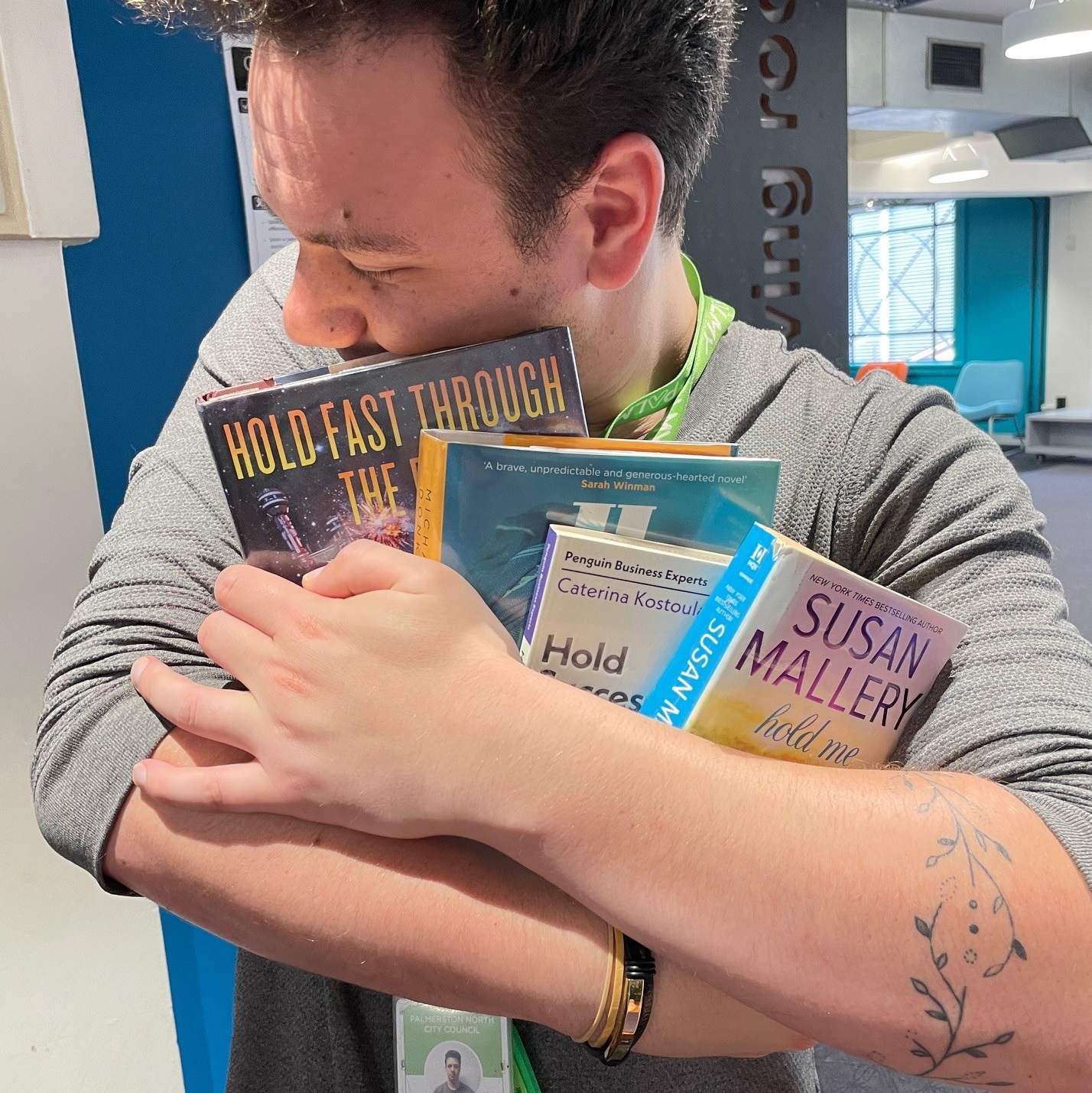

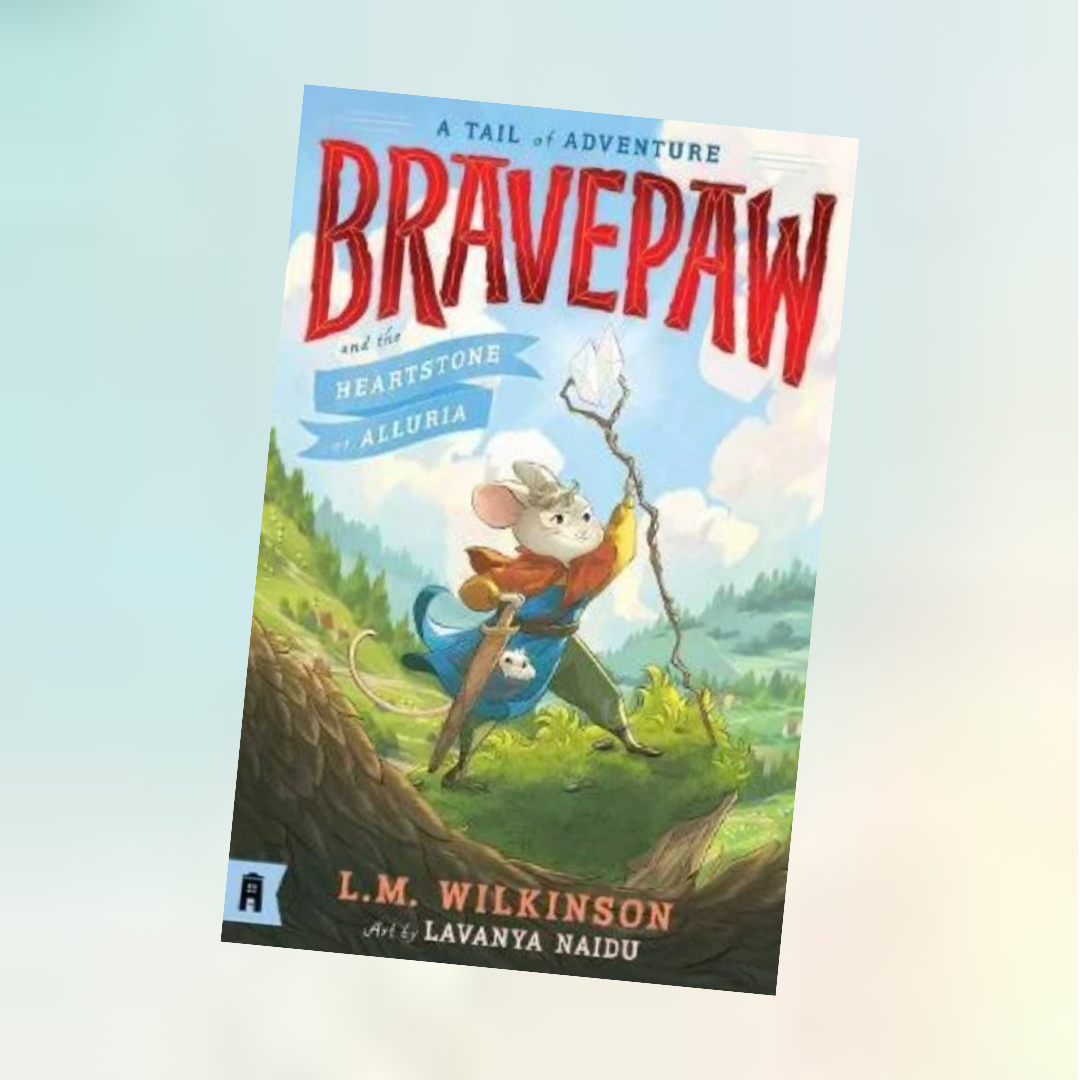
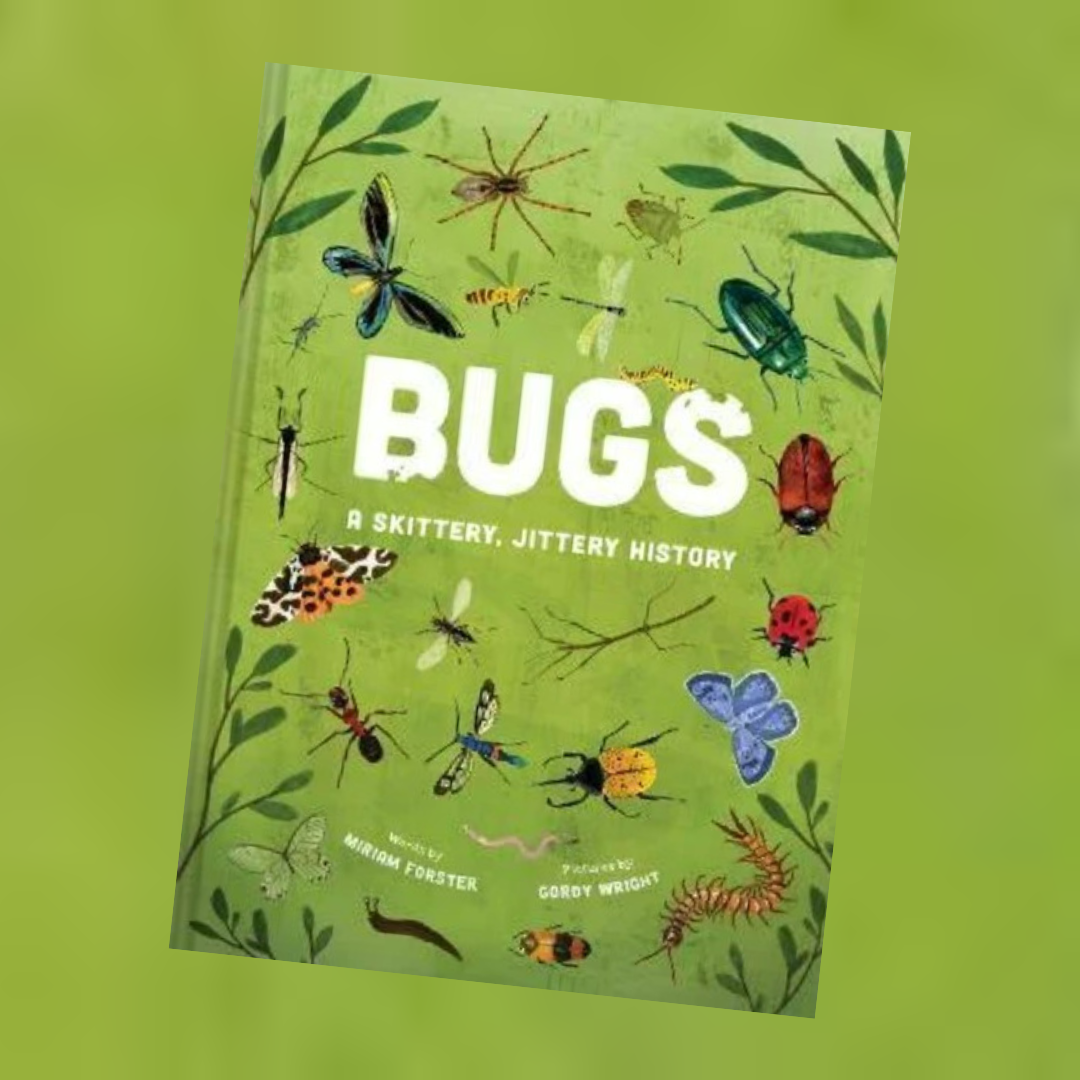
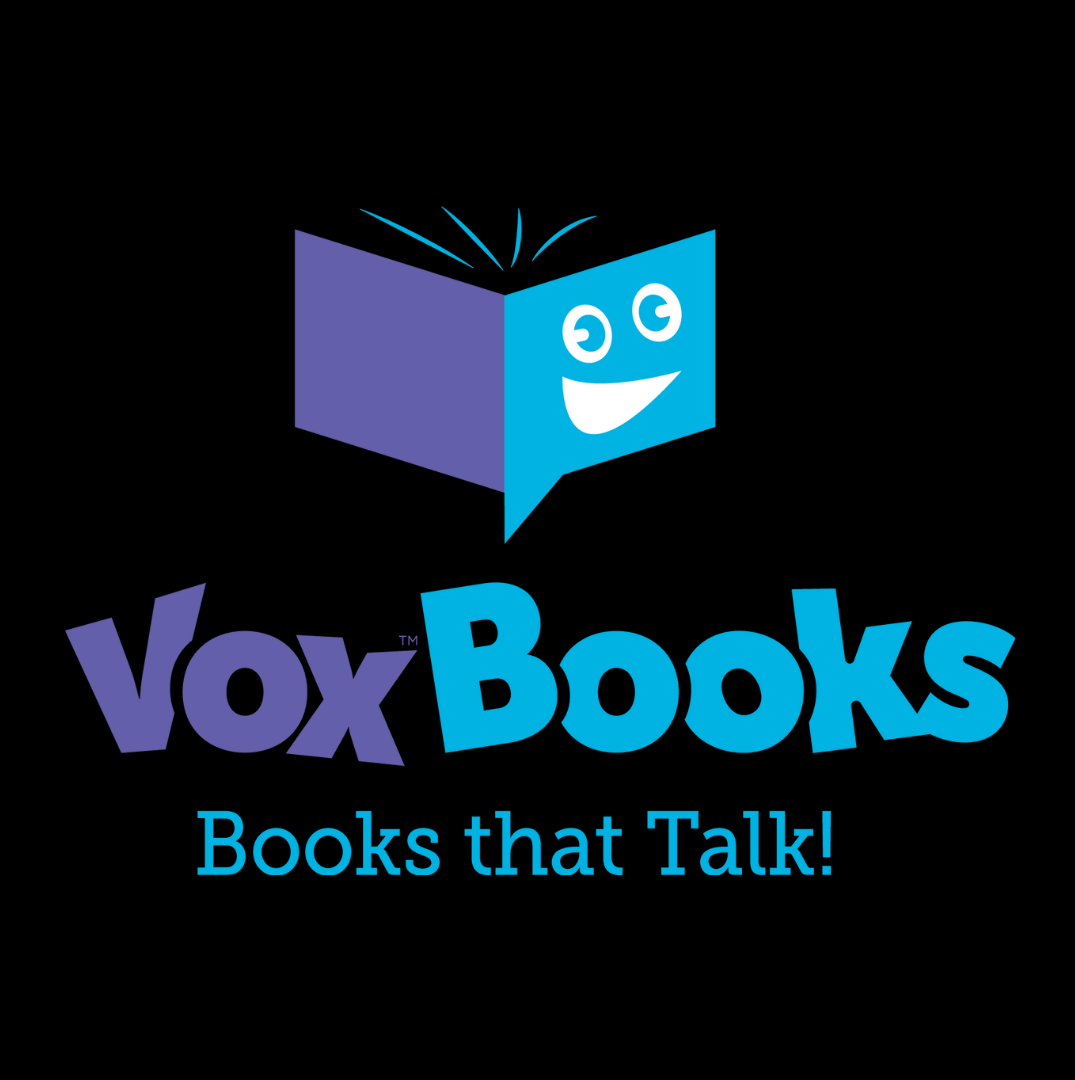
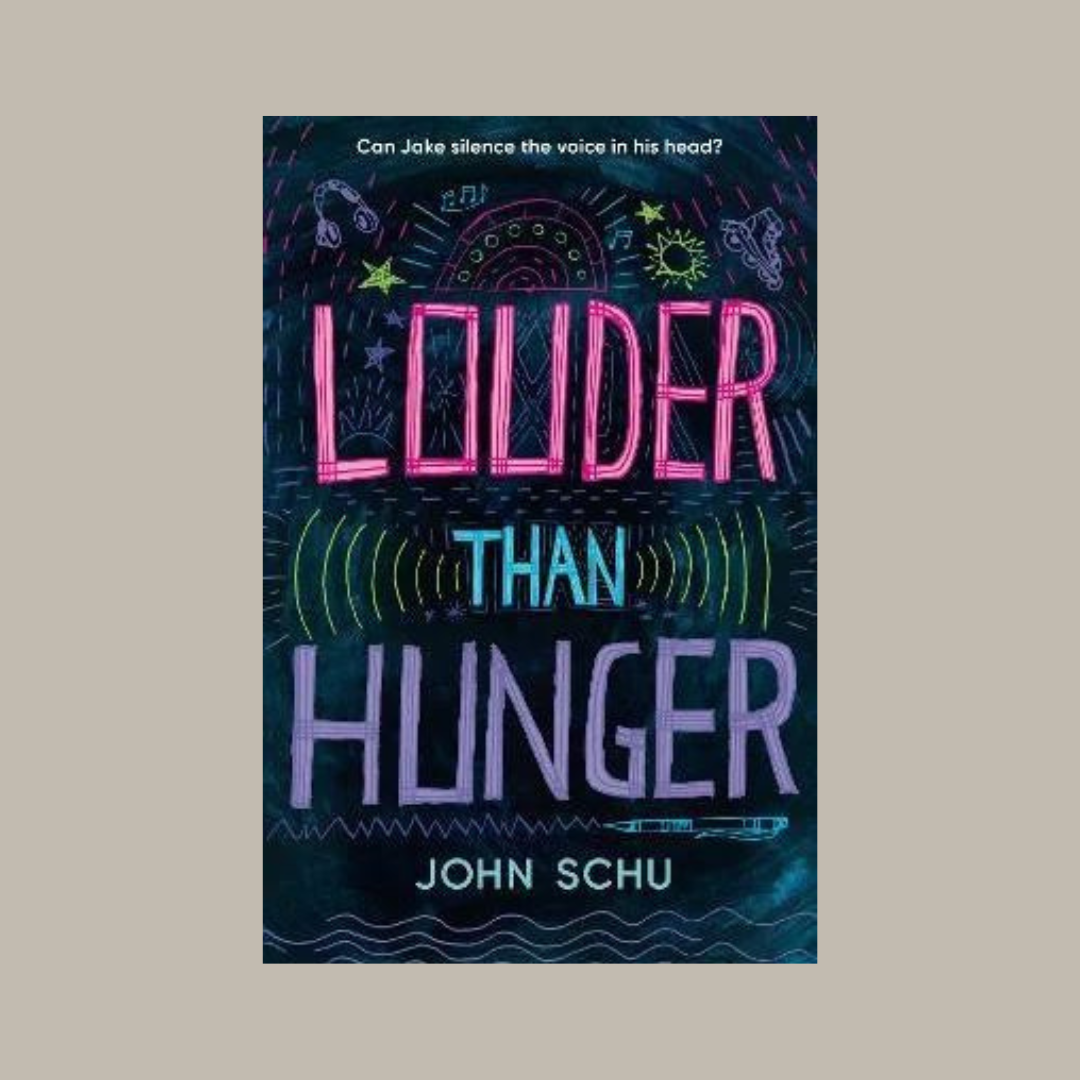
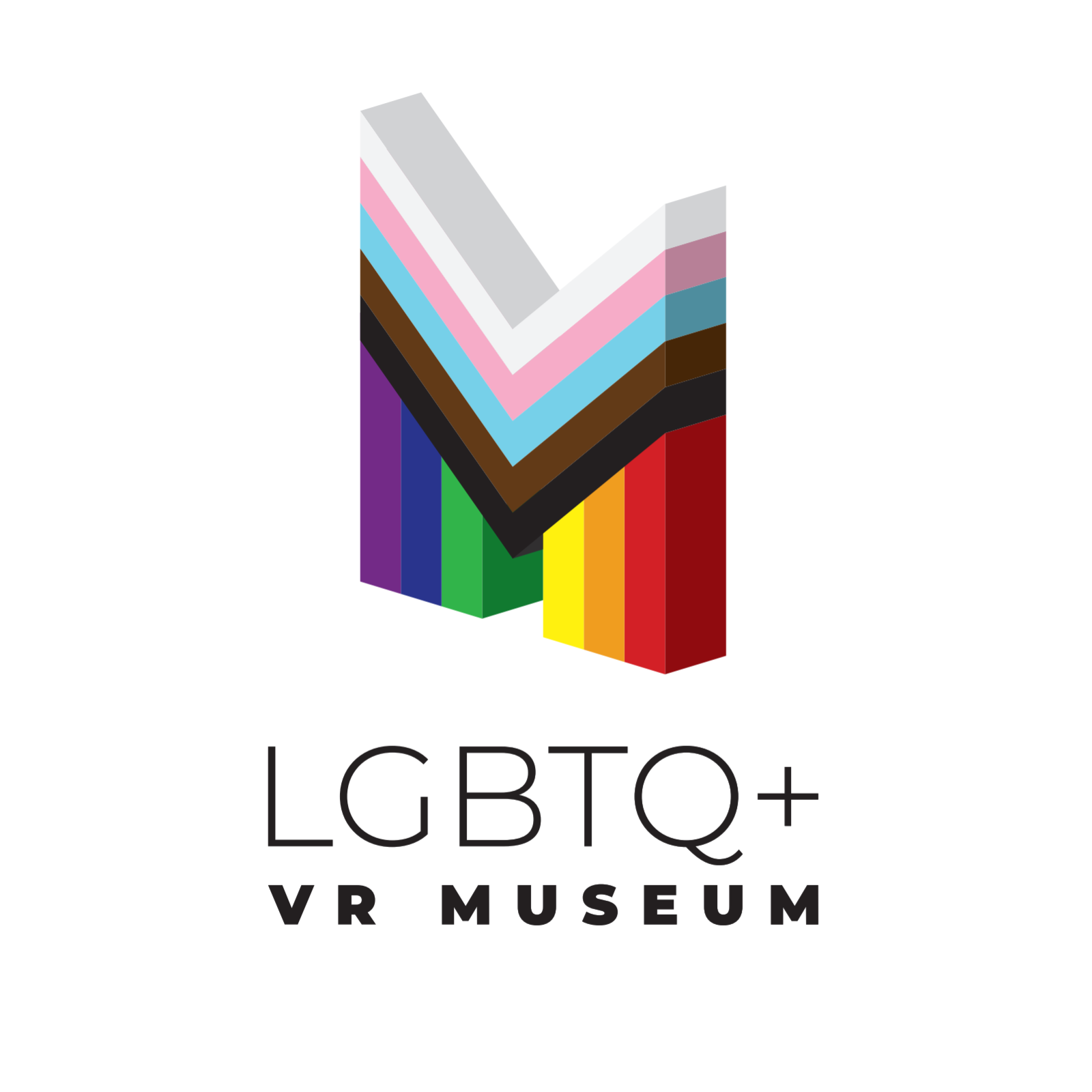
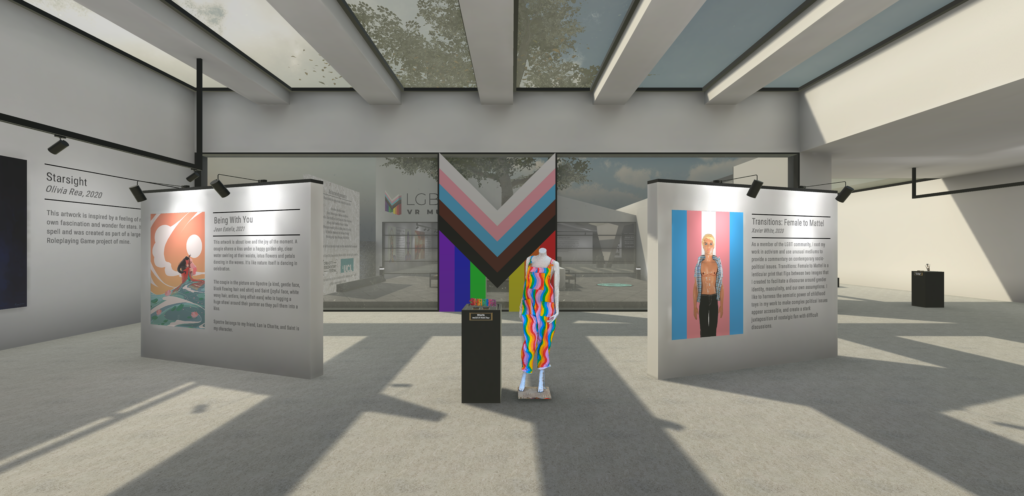
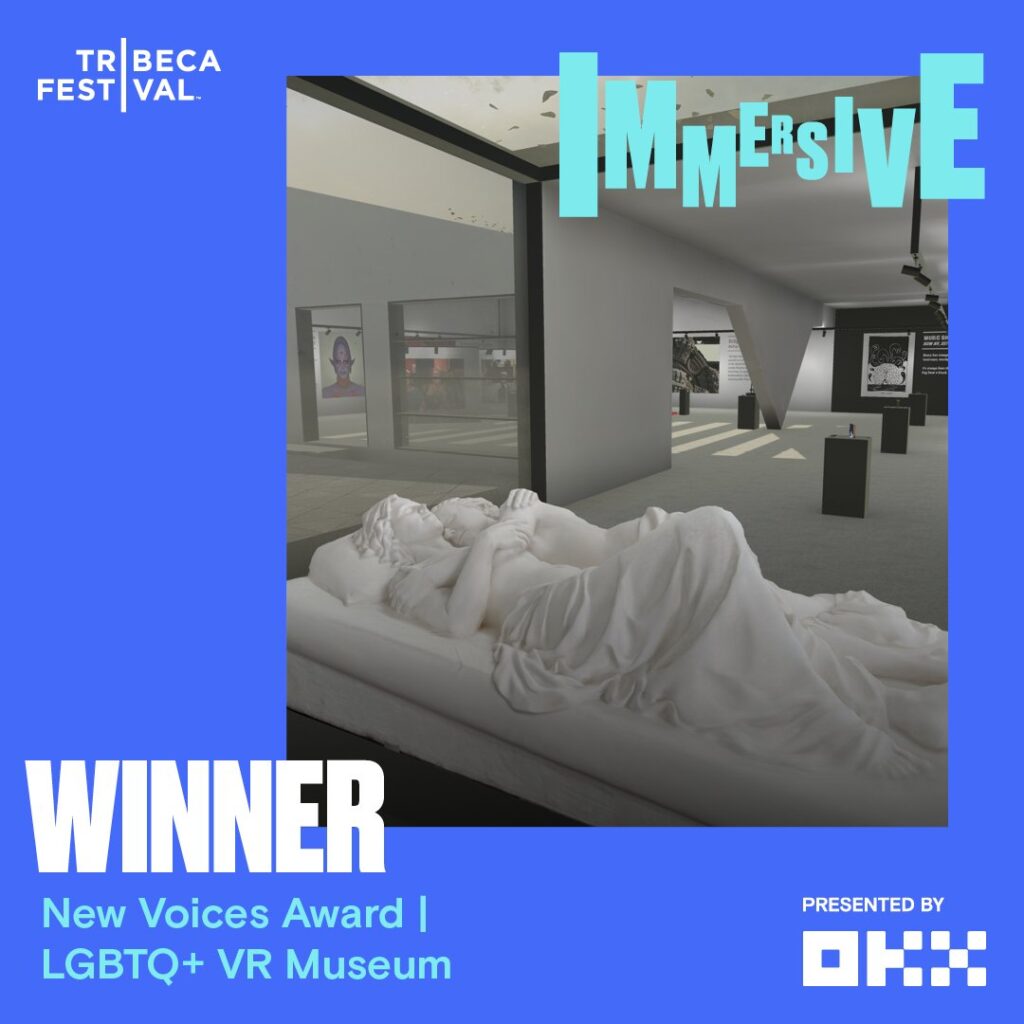
Recent Comments